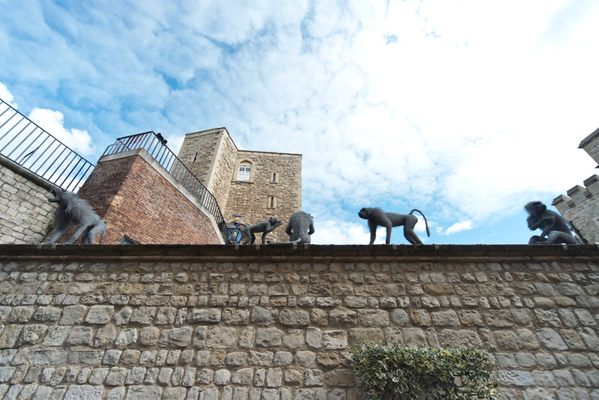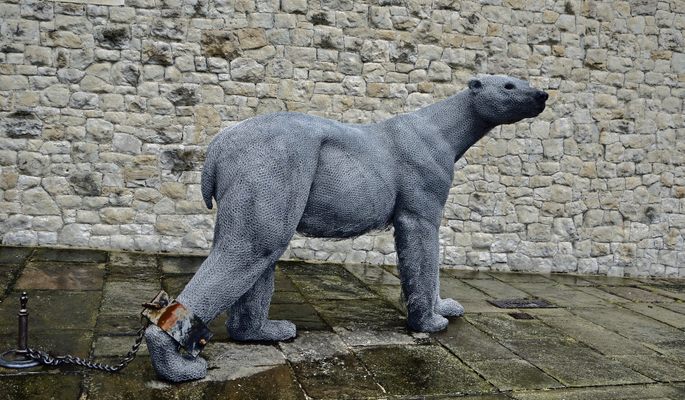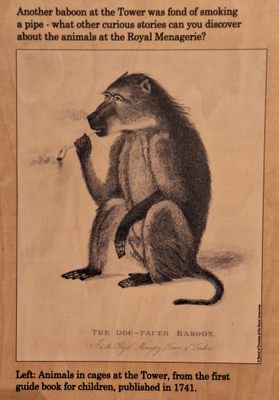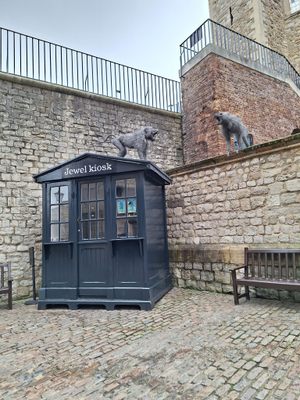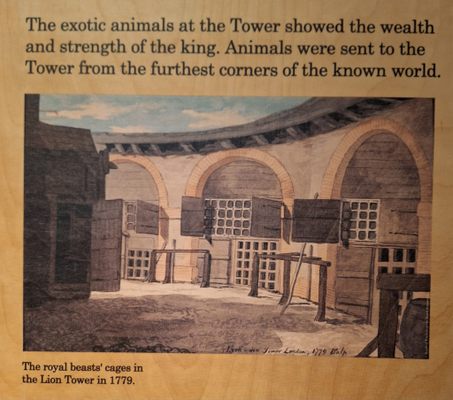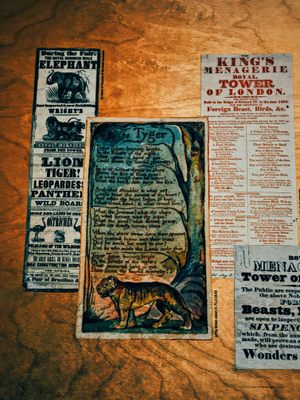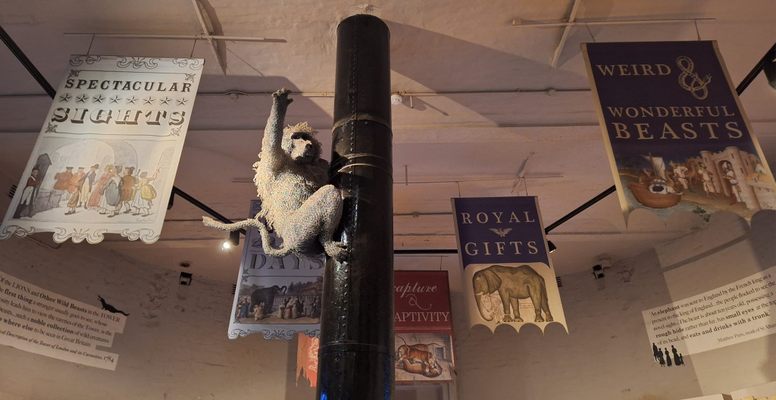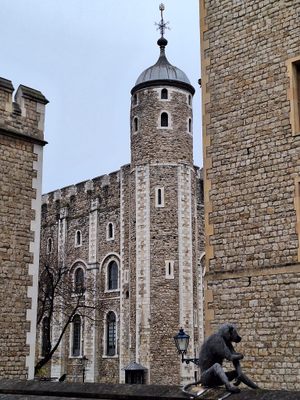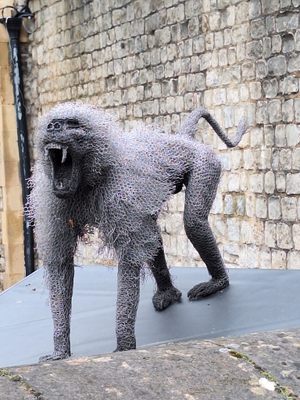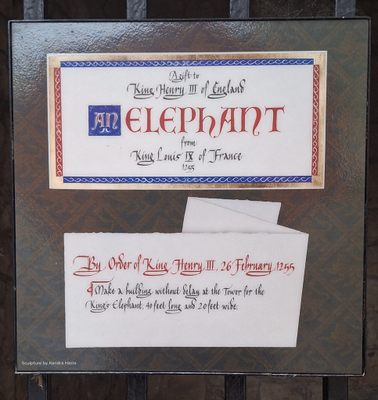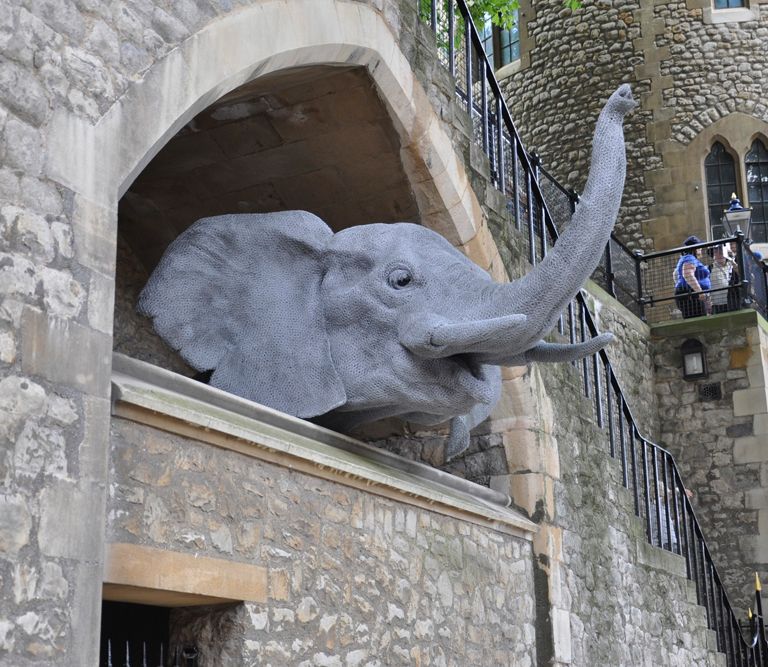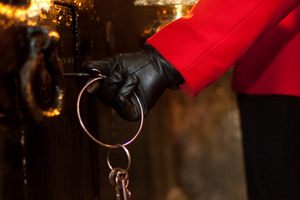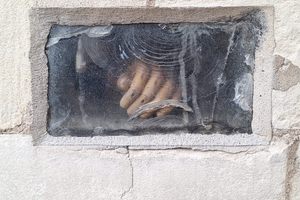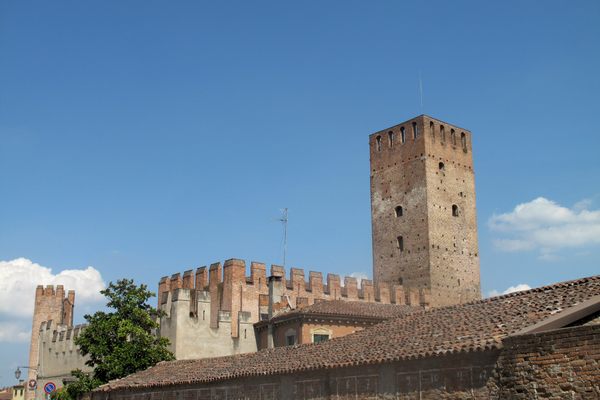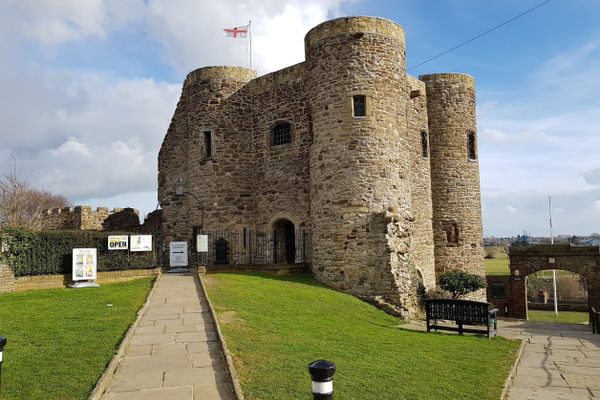About
The Tower of London's history as a menagerie dates back to the 13th century when King John began using it to house his collection of wild animals. Earlier records show that payments were made to the lion keepers from 1210 to 1212.
In 1235, the Holy Roman Emperor Frederick II gifted three leopards to King Henry III. This inspired him to create a zoo at the tower. By the 1250s, Henry's collection included a polar bear (who was kept tethered to a long chain and allowed to fish in the Thames river), an African elephant, in addition to various lions. The elephant was highly welcomed by Londoners, who enjoyed the "novel sight," but it died after only a few years. During the reign of subsequent kings, more exotic animals were introduced to the menagerie, such as wildcats, jackals, and hyenas.
King Edward I constructed a semi-circular barbican in 1277, which was named the Lion Tower after the beasts kept inside. It was demolished during the 19th century.
The Tower of London's tradition of keeping animals lived on for centuries, but after King George IV's death in 1830, the Royal Menagerie was closed and the animals were relocated to the London Zoo in Regent Park. The zoo's first residents were the last 150 animals left in the tower.
Artist Kendra Haste was commissioned to create 13 galvanized, wire sculptures of the former inhabitants of the tower, which were introduced to the public in 2011. Their locations around the Tower of London mark the locations they called home centuries ago.
Related Tags
Know Before You Go
Located along the periphery walkway, there is a tower which includes an interactive display that has information placards, which explain the history and purpose of the menagerie.
Community Contributors
Added By
Published
March 11, 2020

